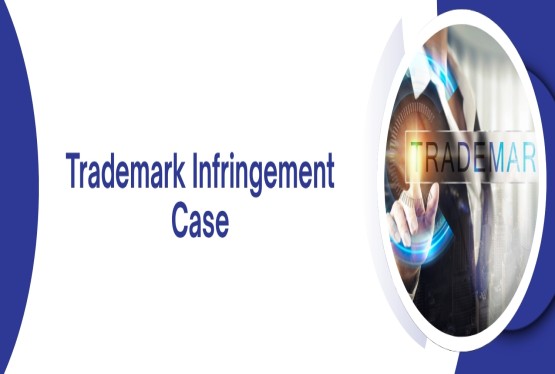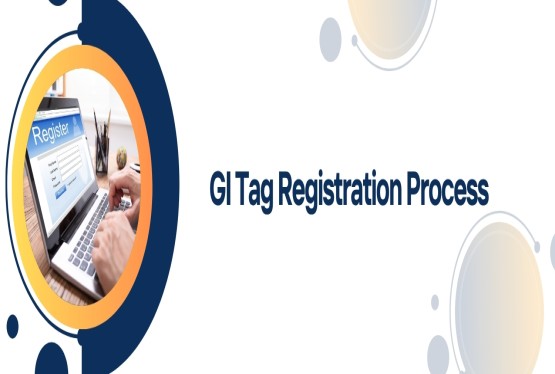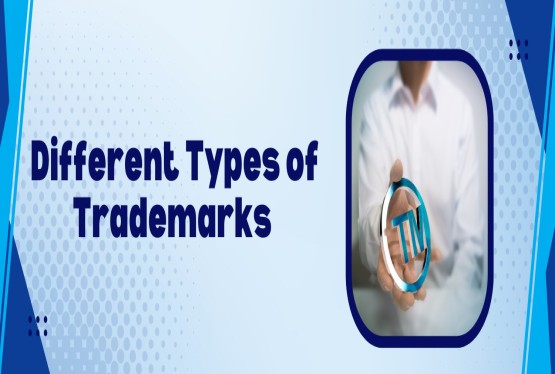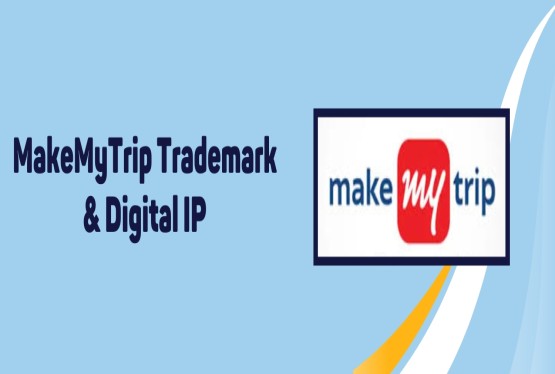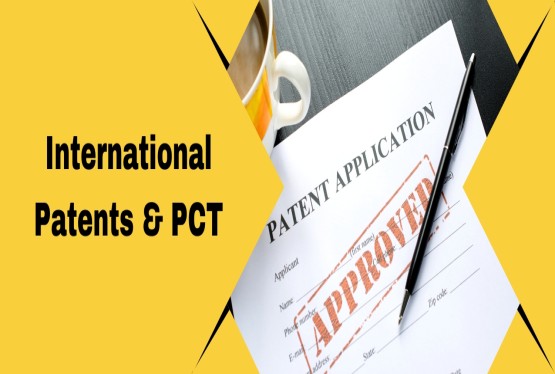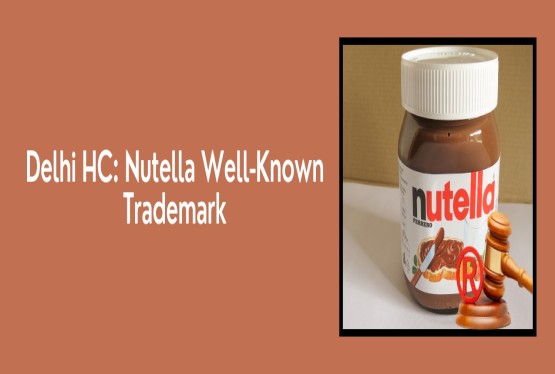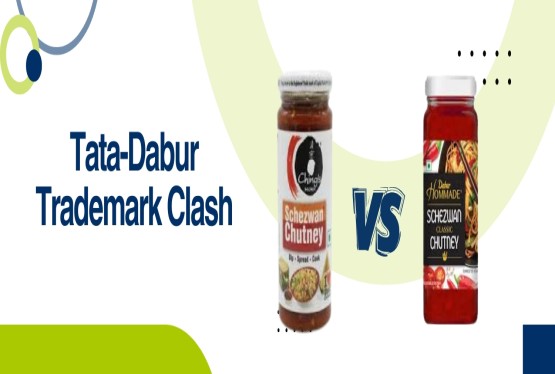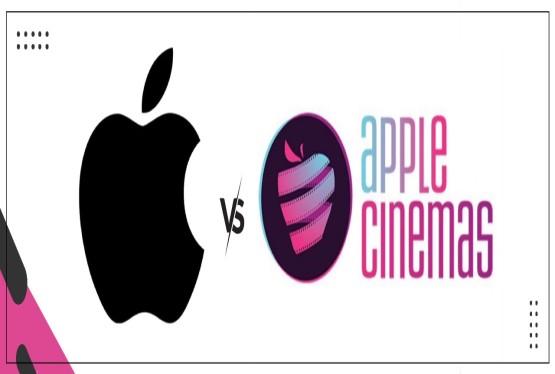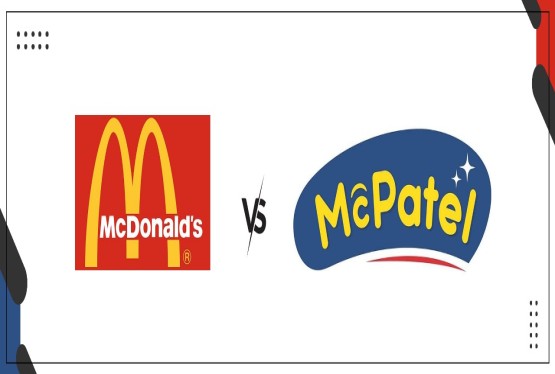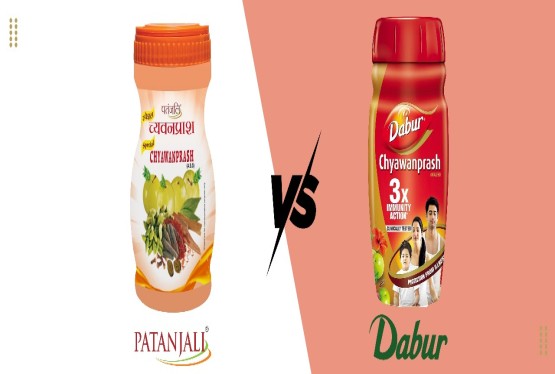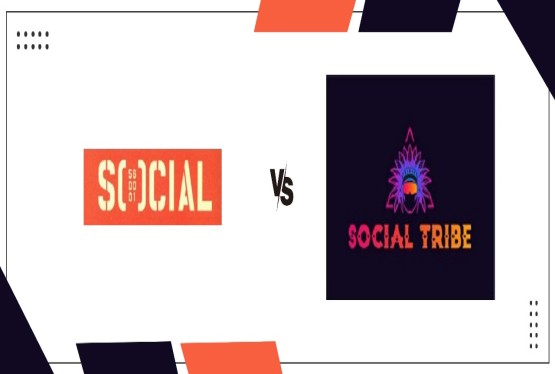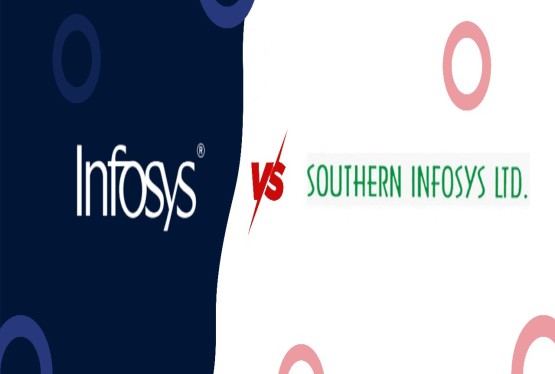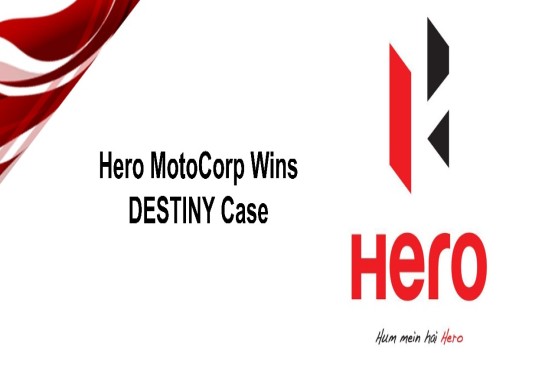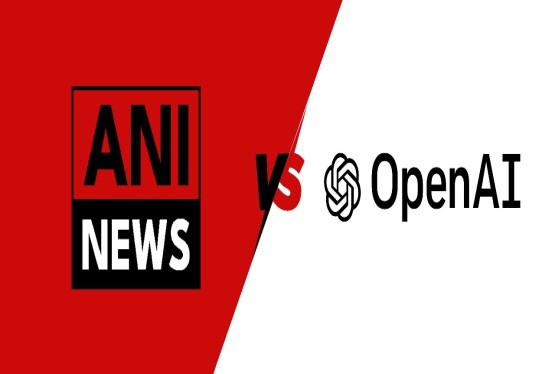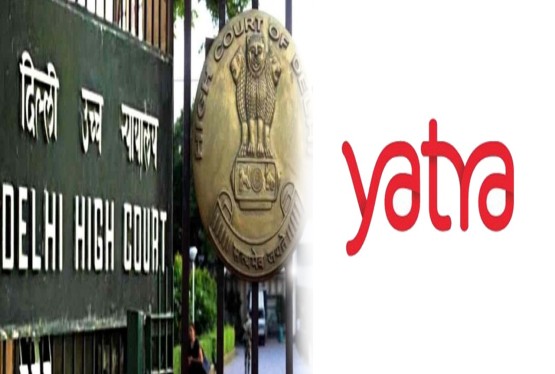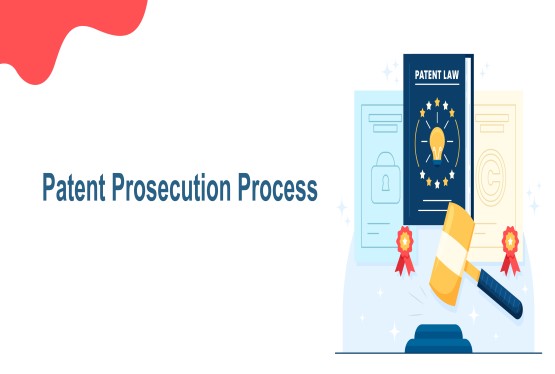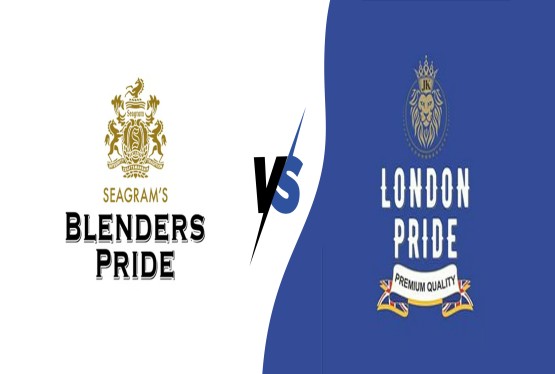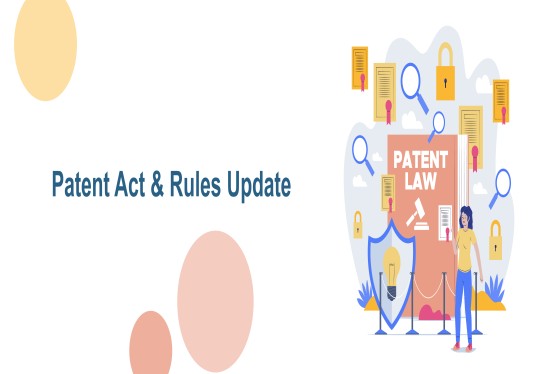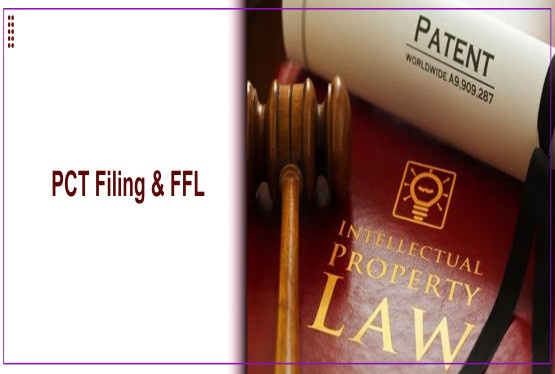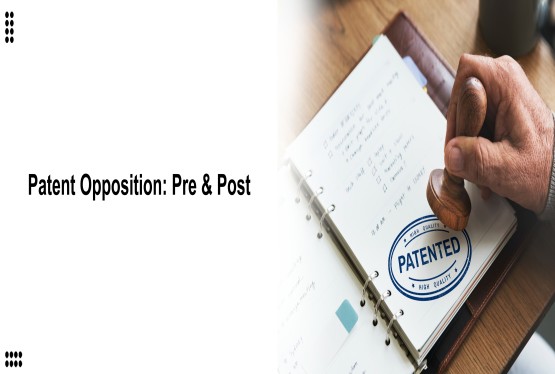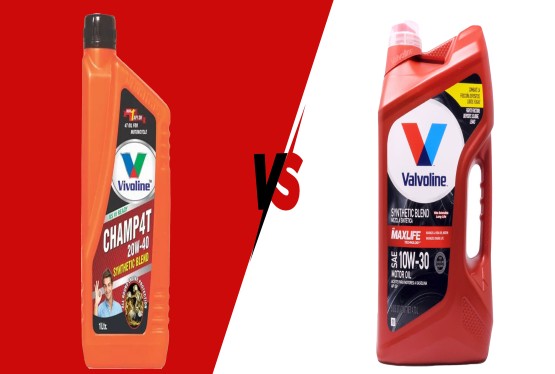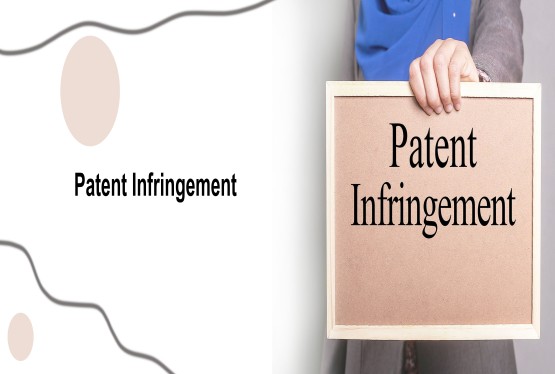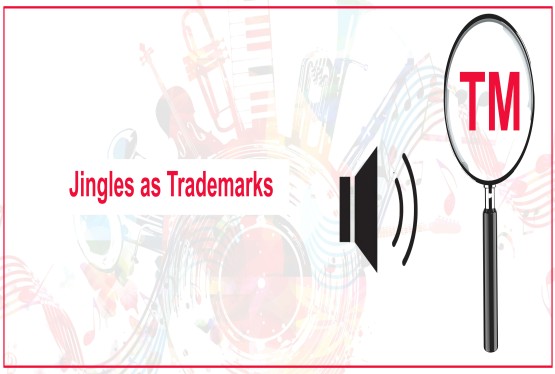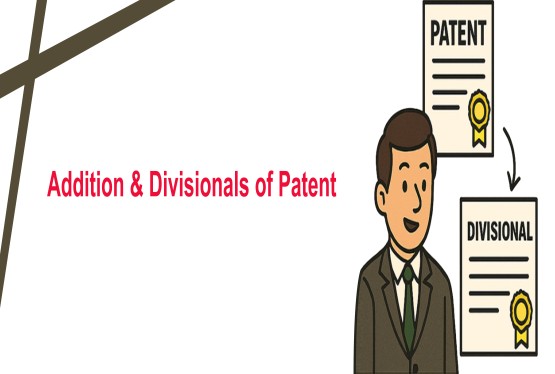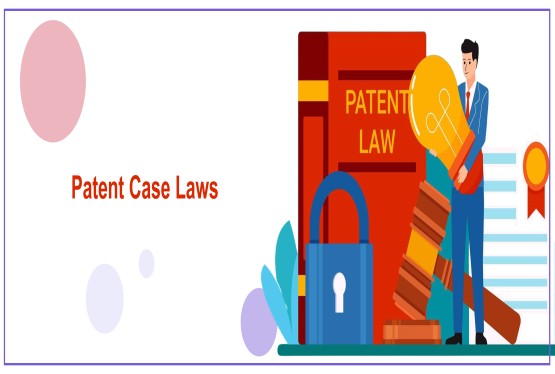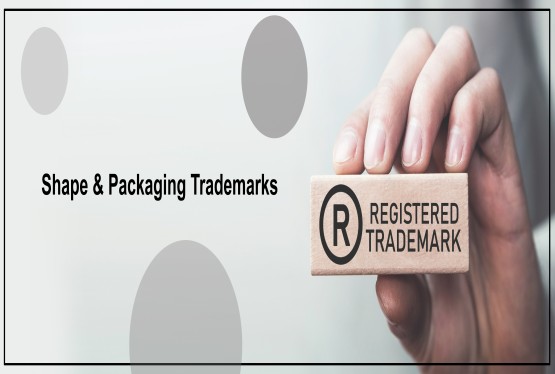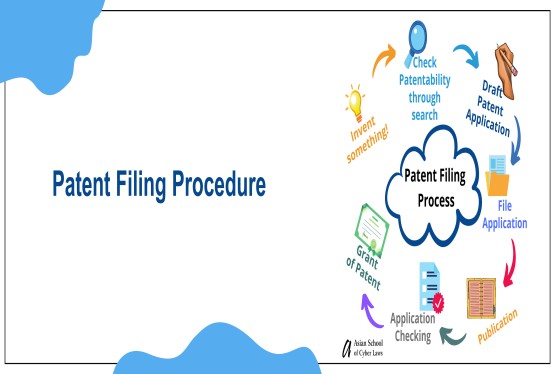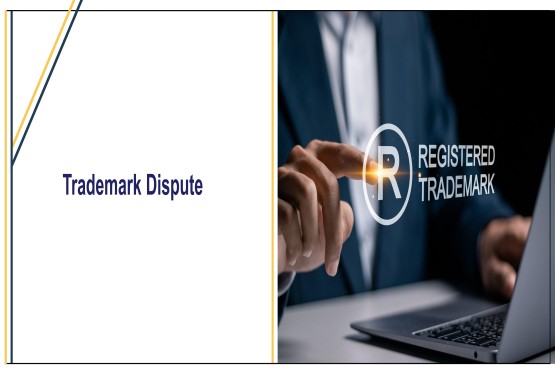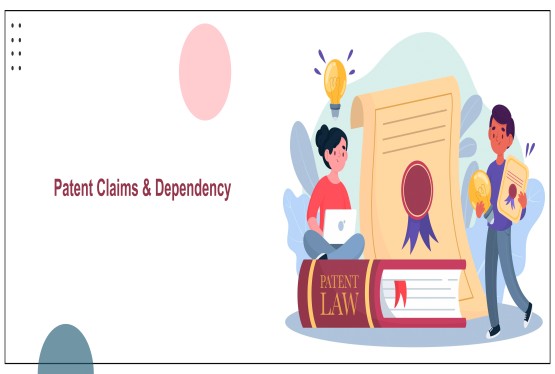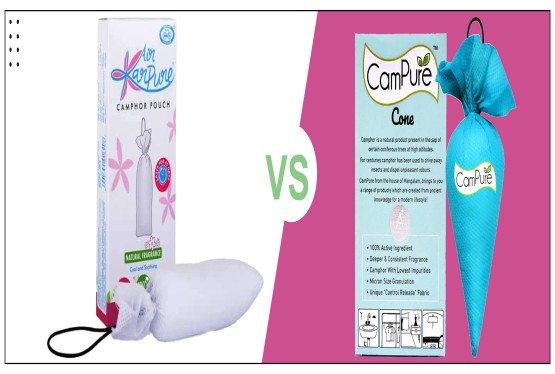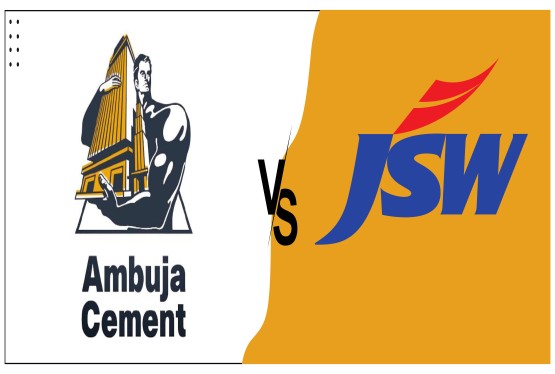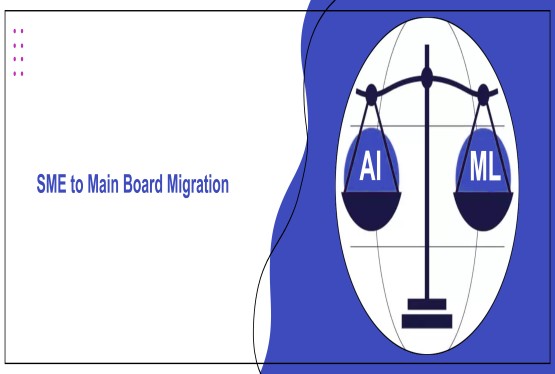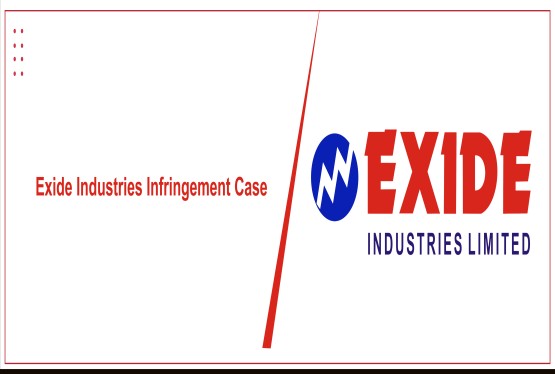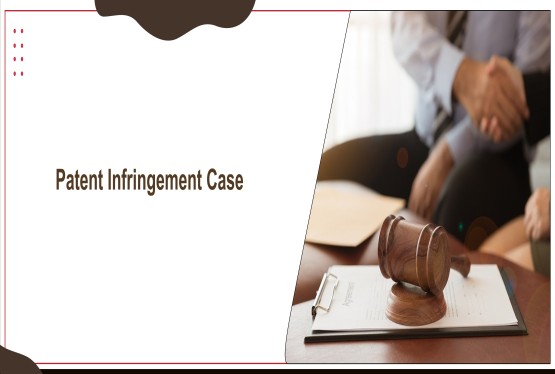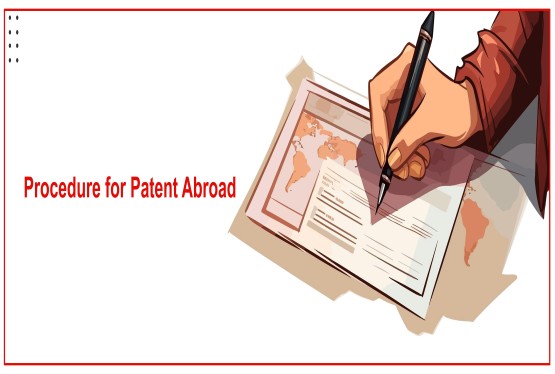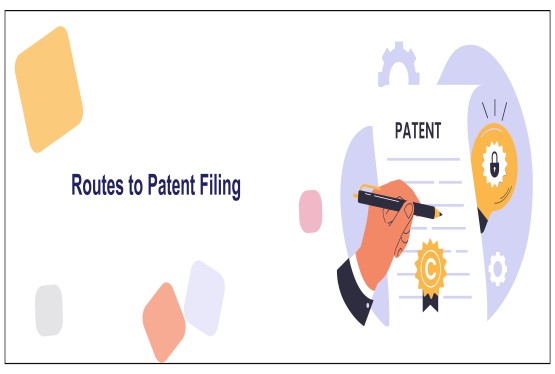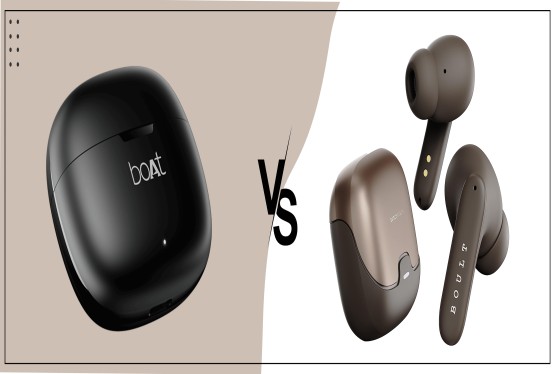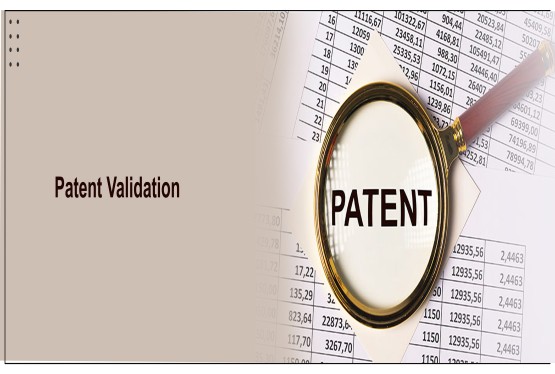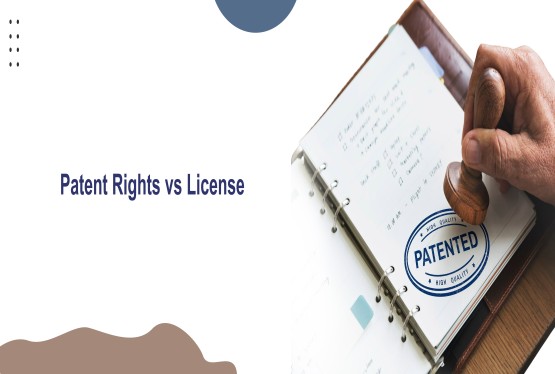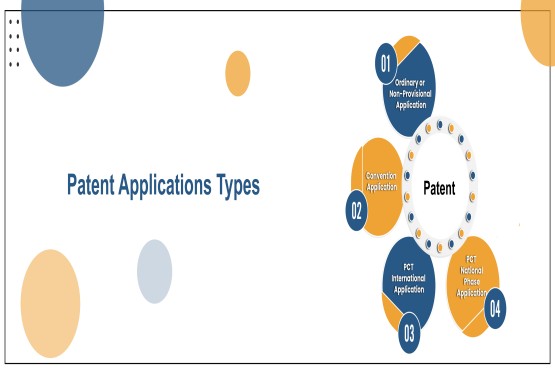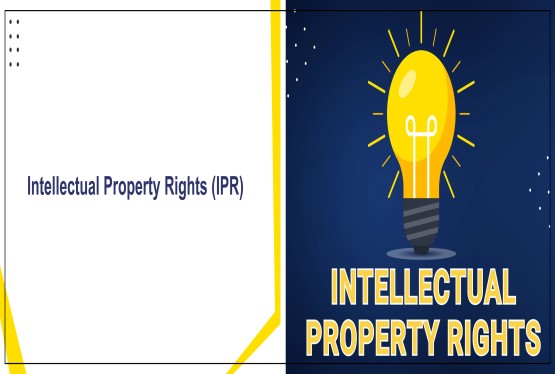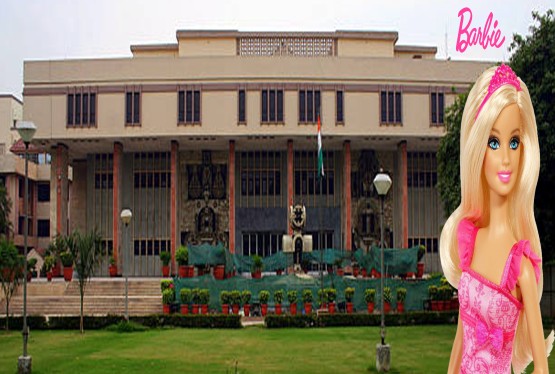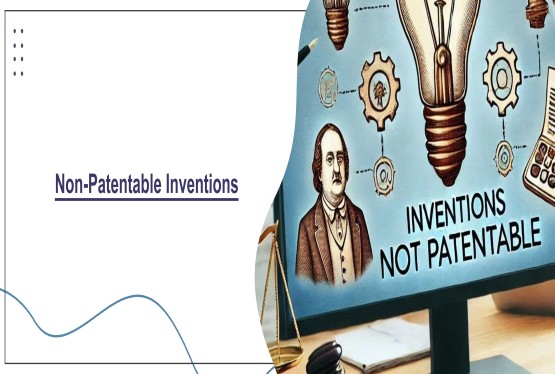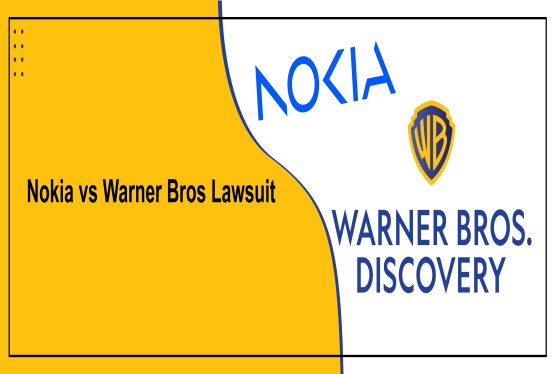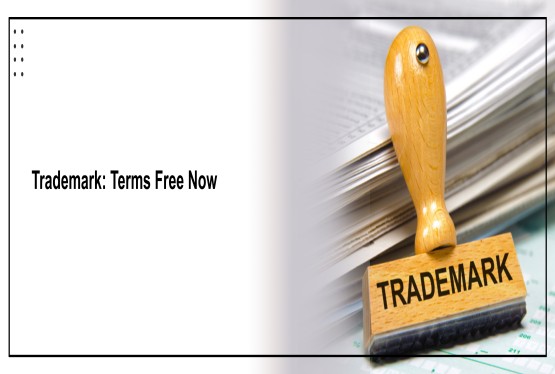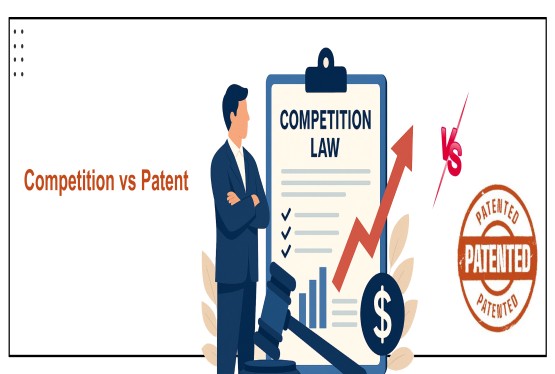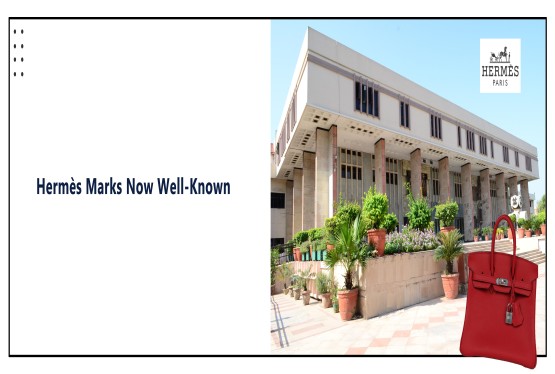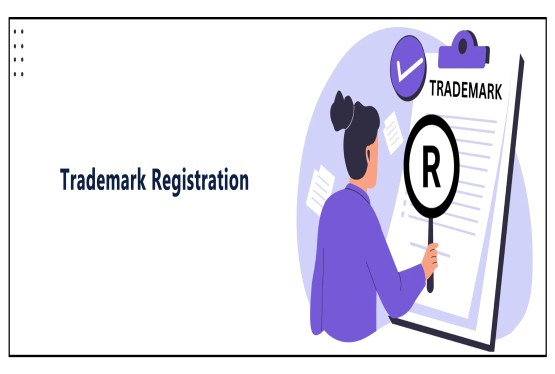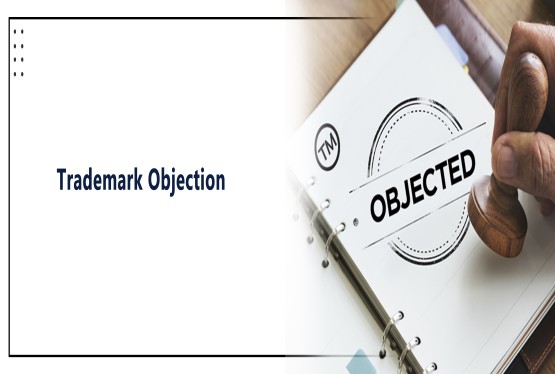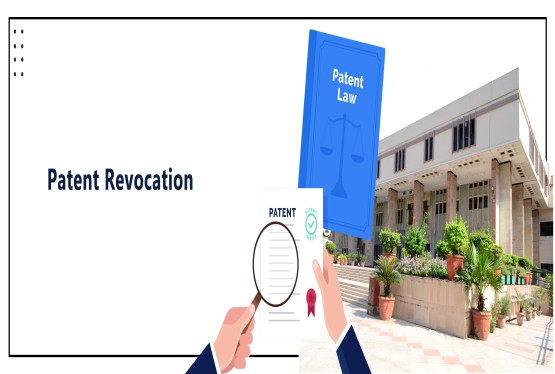The recent decision by the Delhi High Court to stay the hefty INR 340 crore Trademark Infringement Verdict Against Amazon has grabbed the attention of the legal and business communities in India and worldwide. This case, involving global ecommerce giant Amazon and Lifestyle Equities, the owner of the famous Beverly Hills Polo Club (BHPC) brand, represents an important moment in the ongoing debate around platform liability and intellectual property protection in ecommerce. This article explores into the background, the legal journey so far, and the reasons behind the High Court's decision to stay the earlier verdict, explaining every point in detail to help readers understand why this case matters.
Click the link to know more about Trademark Registration, Trademark Objection, and Trademark Hearing.
Background of the Trademark Infringement Verdict Against Amazon
The story behind the Trademark Infringement Verdict Against Amazon began in 2020. Lifestyle Equities, a well-known international brand that owns the BHPC trademark, filed a lawsuit against Amazon Technologies and others. According to Lifestyle Equities, Amazon was allegedly allowing and facilitating the sale of products on its platform that used a deceptively similar logo to the famous BHPC horse device mark.
The BHPC brand, known for its distinct logo featuring a horse and rider, holds registered trademarks in approximately 91 countries, including India, the United States, the United Kingdom, and Germany. Lifestyle Equities claimed that Amazon, under its private label ‘Symbol’, was selling apparel that bore a logo strikingly similar to the BHPC logo. They argued that this was nothing short of a "slavish imitation," likely to mislead customers into believing these products were associated with BHPC.
Initial Verdict by Single-Judge Bench
In February 2025, Justice Pratibha M Singh of the Delhi High Court issued a landmark judgment that favored Lifestyle Equities. The court ordered Amazon to pay a massive sum of INR 340 crore (approximately $39 million) as damages for trademark infringement. This amount included INR 292.7 crore for lost royalties, INR 43.33 crore for increased advertising and promotional expenses borne by Lifestyle Equities to protect its brand image, and an additional INR 3.23 crore towards litigation costs and court fees.
This Trademark Infringement Verdict Against Amazon was significant not only because of the large amount awarded but also because it indicated the court’s willingness to hold ecommerce platforms accountable for infringing activities occurring on their platforms. The judgment sent shockwaves across the industry, serving as a strong reminder of the importance of intellectual property compliance in online retail.
What is the Role of Amazon’s Private Label ‘Symbol’?
One of the core allegations against Amazon was related to its private label brand, ‘Symbol’. Lifestyle Equities claimed that Amazon used a logo that was an almost exact replica of BHPC’s horse device mark on products under this label. This was a serious accusation because private label products are directly owned and managed by Amazon, suggesting a deeper involvement beyond merely acting as a marketplace for third-party sellers.
Lifestyle Equities argued that by using the confusingly similar logo on its private label products, Amazon was not only facilitating infringement by third parties but also actively participating in the infringement itself. This accusation was central to the high damages awarded in the original judgment.
Interim Injunction and Immediate Actions
Following the initial judgment, the Delhi High Court issued an ad-interim injunction against Amazon. The court directed Amazon, along with its affiliate Cloudtail India Pvt Ltd and Amazon Seller Service Pvt Ltd, to remove the allegedly infringing products from its website within 72 hours. This rapid action was necessary to prevent further consumer confusion and protect the reputation of the BHPC brand in the Indian market.
During these proceedings, Cloudtail, which was initially a joint venture between Catamaran and Amazon, admitted to its involvement in selling the infringing products between 2015 and July 2020. This admission further strengthened Lifestyle Equities' case and played a significant role in the severity of the damages awarded.
Amazon’s Appeal to the Division Bench
Unsatisfied with the single-judge verdict, Amazon decided to challenge the Trademark Infringement Verdict Against Amazon before a division bench of the Delhi High Court. In May 2025, Amazon approached the bench, arguing that it was unfairly held liable without concrete evidence proving its direct involvement in the alleged infringing activities. Amazon maintained that it was merely an intermediary providing a platform for sellers and that it did not directly engage in the sale of counterfeit or infringing products. The company argued that imposing such a huge liability without clear evidence of active infringement set a dangerous precedent for the entire ecommerce industry.
Division Bench’s Observations
On July 1, 2025, the division bench comprising Justice C Hari Shankar and Justice Ajay Digpaul issued an important order staying the Trademark Infringement Verdict Against Amazon. The bench stated that it did not prima facie find any sustainable allegation of Amazon’s direct involvement in the trademark infringement.
The bench emphasized that the findings by the single judge were generalised rather than specific. The court noted that the original judgment suggested Amazon "could infringe" if it desired, rather than providing evidence that Amazon actually "did infringe." This distinction is important because, in legal terms, liability must be based on clear and specific findings, not mere possibilities.
Reasoning Behind the Stay Order
The division bench explained that requiring Amazon to deposit or secure the large amount decreed by the original judgment would amount to a travesty of justice, given the lack of concrete findings of direct involvement. The court believed that compelling Amazon to pay or secure such an amount without strong supporting evidence would cause undue hardship and possibly set a troubling legal precedent.
The judges highlighted that damages had been awarded without any explicit finding of Amazon’s active participation in the infringing activities. This meant that there was no solid basis to hold Amazon directly liable, at least at this stage of the legal process.
Upcoming Hearing and the Road Ahead
The division bench has posted the hearing of Amazon’s main appeal against the original order for October 9, 2025. Until then, the Trademark Infringement Verdict Against Amazon remains stayed, and Amazon is not required to deposit or secure any part of the damages awarded. This upcoming hearing will be important in determining the final outcome of the case. It will provide both parties with an opportunity to present detailed arguments and evidence, allowing the court to make a more informed and final decision regarding liability and damages.
Why Did This Happen?
The Trademark Infringement Verdict Against Amazon is not just about legal technicalities; it reflects broader issues facing global ecommerce platforms. The conflict arises from the complex nature of online marketplaces, where platforms act as intermediaries but also sometimes as sellers through private labels. Lifestyle Equities felt that Amazon's actions diluted their brand value and misled consumers. From their perspective, Amazon's use of a similar logo on ‘Symbol’ products was a deliberate move to capitalize on the popularity and reputation of BHPC. This threatened not only their market share but also the brand trust built over decades worldwide.
For Amazon, the case represented the challenges of balancing marketplace neutrality with brand ownership. While Amazon has strict policies against counterfeit and infringing products, enforcing these across millions of listings is a daunting task. The company argued that it should not be held strictly liable for every instance of trademark misuse by third parties or for similarities in logos on private label products without clear evidence of intent.
What is the Impact of this Dispute on the E-commerce Industry?
The Trademark Infringement Verdict Against Amazon has broader implications for the entire ecommerce industry. A ruling upholding strict liability could compel platforms to implement even stricter controls on sellers, significantly increasing compliance costs. It could also discourage platforms from launching or expanding private label brands due to fear of heavy penalties. Moreover, this case underscores the importance for ecommerce companies to conduct thorough due diligence when designing logos or branding for their private labels. Any similarity to existing trademarks, even if unintended, can lead to costly and damaging legal battles.
For trademark owners, the case highlights the need to vigilantly monitor online marketplaces and take swift legal action against possible infringements to protect brand value.
Legal Lessons for Other Businesses
The ongoing saga of the Trademark Infringement Verdict Against Amazon offers several lessons for businesses:
Importance of Trademark Registration
Owning a registered trademark in key markets worldwide is important to securing your brand’s unique identity and reputation. A registered trademark acts as a legal shield, allowing you to take swift action against counterfeiters or copycats. It helps build consumer trust, as customers can easily distinguish your products from others. Moreover, a strong trademark portfolio adds value to your business, making it more attractive to investors and potential partners. Without proper protection, your brand risks dilution and significant financial loss in case of infringement.
Monitoring Online Presence
Constant vigilance over online platforms is necessary to safeguard your brand. Infringing or counterfeit products often appear on ecommerce sites, social media, and third-party marketplaces. By actively monitoring these channels, you can quickly detect unauthorized sellers and take prompt legal or administrative action to remove such listings. This proactive approach helps maintain brand integrity and customer loyalty. Furthermore, it deters potential infringers from targeting your brand in the future.
Platform Liability Awareness
Ecommerce businesses must be aware of the shifting legal landscape regarding platform liability. Courts worldwide are increasingly holding platforms accountable for allowing the sale of infringing products. Therefore, it is important to implement strict compliance checks and verification systems to avoid legal penalties. Knowing about these legal obligations not only reduces risk but also enhances your credibility among customers and partners. By staying compliant, businesses can avoid costly lawsuits and maintain a positive brand image.
Design and Branding Diligence
When developing new logos or rebranding, it’s important to perform comprehensive trademark clearance searches. Even accidental similarities with existing trademarks can lead to legal disputes and force costly redesigns. Careful research ensures that your brand elements are unique and legally safe to use. This diligence helps avoid negative publicity and potential financial liabilities. Moreover, it reflects your commitment to ethical business practices and strengthens your brand’s position in the market.
Conclusion
As the legal battle continues, the stay on the Trademark Infringement Verdict Against Amazon provides temporary relief to the ecommerce giant. However, the ultimate resolution will depend on the detailed examination of facts and legal arguments during the main appeal scheduled for October 2025. This case is a reminder that intellectual property disputes are rarely straightforward. They involve complex questions of law, evidence, and brand perception. Whether Amazon will ultimately be held liable or cleared of wrongdoing remains to be seen, but the case has already left a significant mark on India’s legal and ecommerce sector.
The coming months will be important not only for Amazon and Lifestyle Equities but also for other major players watching closely to understand how India’s courts navigate these challenging issues. Until then, stakeholders will keep a keen eye on the developments in this high-profile case, which continues to define the boundaries of online marketplace responsibility and trademark protection.
If you need any assistance in Trademark Registration or you are facing any legal issues with your Trademark, you can simply connect with Compliance Calendar LLP experts through mail at info@ccoffice.in or Call/Whatsapp at +91 9988424211.
FAQs
Q1. What is the Delhi High Court's recent decision regarding Amazon?
Ans. The Delhi High Court recently decided to stay a single-judge order that directed Amazon to pay INR 340 crore in damages to Lifestyle Equities. This decision was made by a division bench, which observed that there was no strong or specific evidence showing Amazon’s direct involvement in trademark infringement. By staying the order, the court temporarily stopped Amazon from having to deposit or secure this large amount while its appeal is under consideration.
Q2. What is the background of the Trademark Infringement Verdict Against Amazon?
Ans. The background of the Trademark Infringement Verdict Against Amazon dates back to 2020, when Lifestyle Equities, the owner of the Beverly Hills Polo Club (BHPC) trademark, filed a lawsuit. They alleged that Amazon was selling products with logos deceptively similar to the BHPC mark under its private label 'Symbol.' Lifestyle Equities claimed that this infringed their trademark and harmed their brand reputation, ultimately leading to the court awarding damages in their favor earlier this year.
Q3. Why did Lifestyle Equities sue Amazon?
Ans. Lifestyle Equities sued Amazon because they believed Amazon’s private label products were using a logo nearly identical to their registered BHPC horse device mark. They argued that Amazon was either directly selling or facilitating the sale of these infringing products, which could mislead customers into thinking they were buying original BHPC items. This lawsuit aimed to protect their global brand presence and prevent further dilution of their trademark.
Q4. What was Amazon ordered to pay in the original verdict?
Ans. In the original verdict by the single-judge bench of the Delhi High Court, Amazon was ordered to pay approximately INR 340 crore. This included INR 292.7 crore as compensation for lost royalties, INR 43.33 crore to cover increased advertising and promotional costs borne by Lifestyle Equities, and INR 3.23 crore for litigation and court fees. The large sum reflected the perceived damage caused to Lifestyle Equities’ brand and reputation.
Q5. Why did the Delhi High Court stay the payment order against Amazon?
Ans. The Delhi High Court stayed the payment order against Amazon because the division bench found that there was no clear evidence showing Amazon's active involvement in the trademark infringement. The court felt that forcing Amazon to deposit or secure such a large sum without concrete findings would be unjust. The judges pointed out that the original judgment was based on general assumptions rather than specific legal findings proving direct infringement.
Q6. What role did Amazon’s private label ‘Symbol’ play in the case?
Ans. Amazon’s private label ‘Symbol’ played a central role in the case because Lifestyle Equities claimed this label was selling products bearing a logo almost identical to the BHPC trademark. The allegation suggested that Amazon was not merely an intermediary but was actively using a confusingly similar mark on its own products, thereby directly infringing on BHPC’s trademark rights. This was a key reason behind the heavy damages awarded initially.
Q7. What is the significance of the division bench’s observations?
Ans. The division bench’s observations are significant because they clarified that liability in a trademark infringement case must be based on solid evidence, not on hypothetical or general possibilities. They stated that the original findings suggested Amazon "could infringe" if it wanted to but did not establish that it "did infringe." This legal distinction protects companies from being unfairly penalized without clear proof of wrongdoing and sets an important precedent for future cases.
Q8. What happens next in this case?
Ans. The case will continue with a main appeal hearing scheduled for October 9, 2025. During this hearing, both Amazon and Lifestyle Equities will present detailed arguments and evidence. The court will then make a final decision on whether Amazon is liable for trademark infringement and whether it must pay the damages originally ordered. Until then, the stay on the payment remains in effect.
Q9. What does this case mean for other ecommerce platforms?
Ans. This case is a critical reminder for ecommerce platforms about the importance of strong trademark compliance and monitoring. If the original verdict had been upheld without clear evidence, it could have set a precedent where platforms are automatically held liable for third-party or private label infringements. The division bench’s stay highlights the need for specific findings before imposing liability, giving some relief to other large marketplaces operating in India and globally.
Q10. How does this case impact brand owners like Lifestyle Equities?
Ans. For brand owners like Lifestyle Equities, this case underscores the importance of aggressively protecting trademarks and monitoring the market for potential infringements. Even though the stay delays immediate relief, it shows that courts can award substantial damages in favor of brand owners when evidence supports their claims. It reinforces the value of maintaining strong trademark portfolios and pursuing legal action when brand identity is threatened.






























_(b)_of_the_Trademark_Act,_1999_(1)_crop10_thumb.jpg)



_crop10_thumb.jpg)




























_crop10_thumb.jpg)
_crop10_thumb.jpg)






_crop10_thumb.jpg)








_crop10_thumb.jpg)



_crop10_thumb.jpg)





























_crop10_thumb.jpg)

















_crop10_thumb.jpg)






_crop10_thumb.jpg)












































































































































_crop10_thumb.jpg)




































_crop10_thumb.jpg)












_crop10_thumb.jpg)













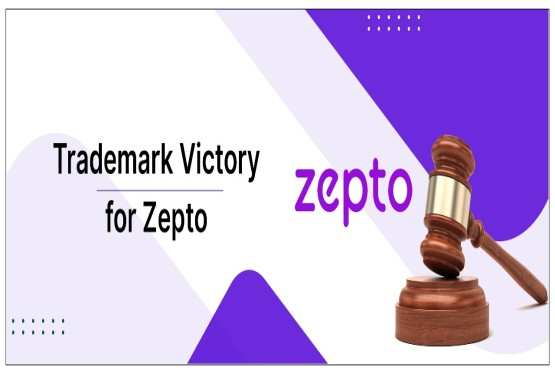




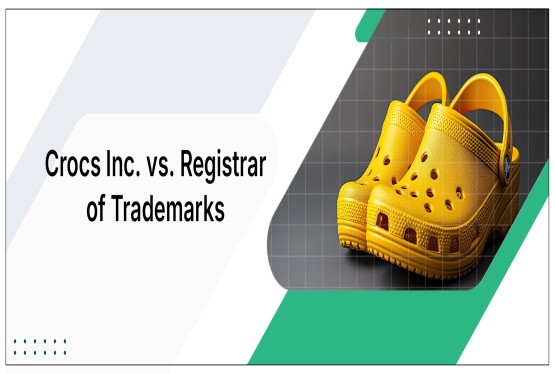















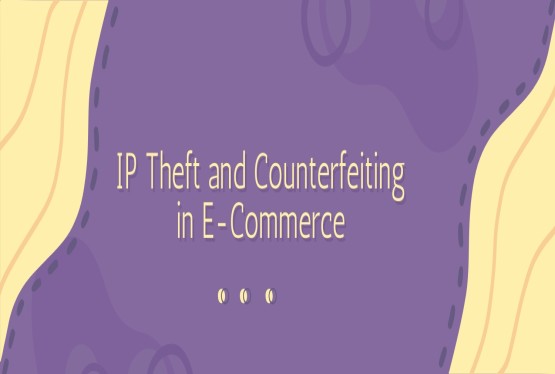












_crop10_thumb.jpg)






